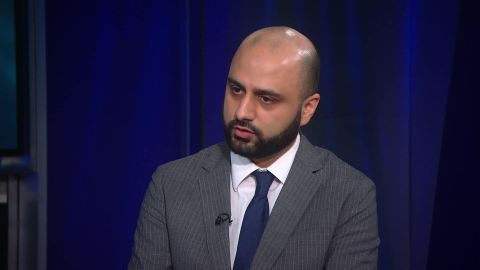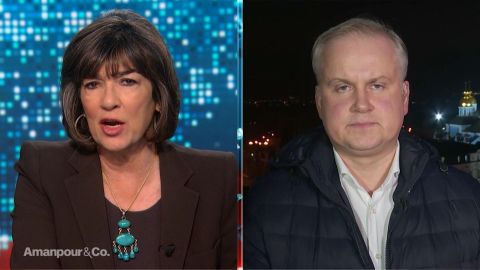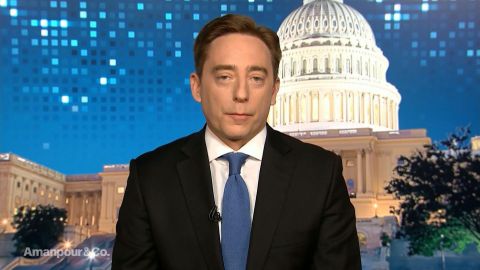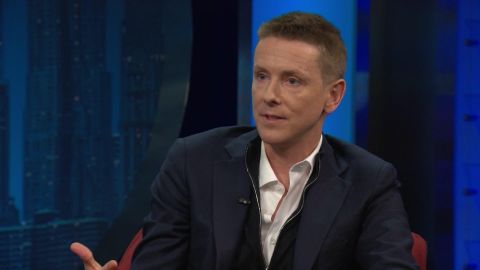Read Transcript EXPAND
CHRISTIANE AMANPOUR: So, first and foremost, how do you analyze from here the protests?
MOHAMMAD ALI SHABANI: So, I think we’ve had two sets of protests. One set was the state kind of sponsored rallies in the aftermath of the killing of Soleimani. We had millions of people come out into the streets. And then after that, with the shooting down of the Ukrainian passenger jets, a different series of protesters or in some sense, it’s maybe even the same kind of protesters have come out and been furious with the way Iran retaliated supposedly against assassination.
So, I think the sense is outrage about not just about the shooting down of a plane but how it symbolizes, hot it epitomizes all of the grievances that people have with the Islamic Republic about its shortcomings, about the mismanagement, about the corruption. So, the kind of slogan out there is, your retaliation for the U.S. assassination of Soleimani was to kill 170 Iranians, not a single American soldier was wounded. After all of that huffing and puffing about the retaliation. So, I think (INAUDIBLE) people out into the streets in Tehran last night, even today, in some sense, I wouldn’t be surprised if they were the same people who came out to mourn Soleimani.
AMANPOUR: So, let me ask you, because obviously Iranian authorities spent three days denying it and saying that it was a, you know, crash, a technical failure. They called it psychological warfare claims as they started to come out, reports that it probably was a missile. But President Rouhani and the others have made now very public apologies. He said on Friday the Islamic Republic of Iran deeply regrets the disastrous mistake. My thoughts and prayers go to all the mourning families. I offer my sincerest condolences. But you can also see now these videos that have been circulating. And as I mention, even chance of, you know, the supreme leader is a murderer, his regime is obsolete, they shouted, have you no shame. I mean, there was quite a lot of anger, obviously, in the streets about the downing of this Ukrainian plane.
Where, though, do you think this fits in this story, in this episode of this confrontation between the United States and Iran? And, of course, given the fact that before the killing of Soleimani, there were anti- government protests in the streets over the gasoline price hike. And earlier last year, again, over economic issues and women’s rights.
SHABANI: So, I think a lot of what you’re seeing in the streets, to some extent, reflect what’s happening within the Iranian State. So, while Rouhani came out and apologized for what happened, you know, without any reservations, the Revolutionary Guard commander did the same as did a series of other officials.
The reality of the matter is that, from what I have heard from sources within the government of Iran, even cabinet members, senior members of government were not informed about what had happened. They found out 24 hours before they announced the apologies. So, this shows that there’s a disconnect within the state itself. There are discussions, debates about how to handle this pressure from the U.S., should they enter negotiations, under what terms, and I think the same kind of dynamics you’re seeing on the streets…
About This Episode EXPAND
Christiane Amanpour speaks with Iran researcher Mohammad Ali Shabani to break down what’s happening there. She also talks to former Ukranian Deputy Foreign Minister Danylo Lubkivsky about the country’s place in current events; and New Yorker writer Evan Osnos about U.S.-China relations. Hari Sreenivasan chats with Facebook co-founder Chris Hughes about his fight against corporate monopolies.
LEARN MORE



